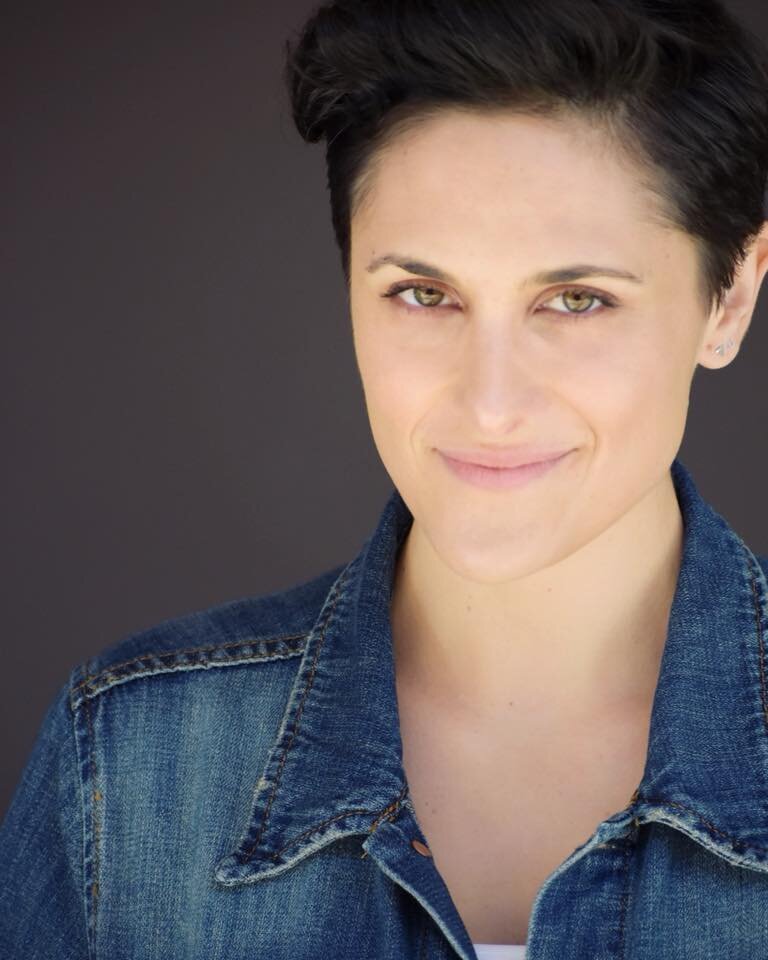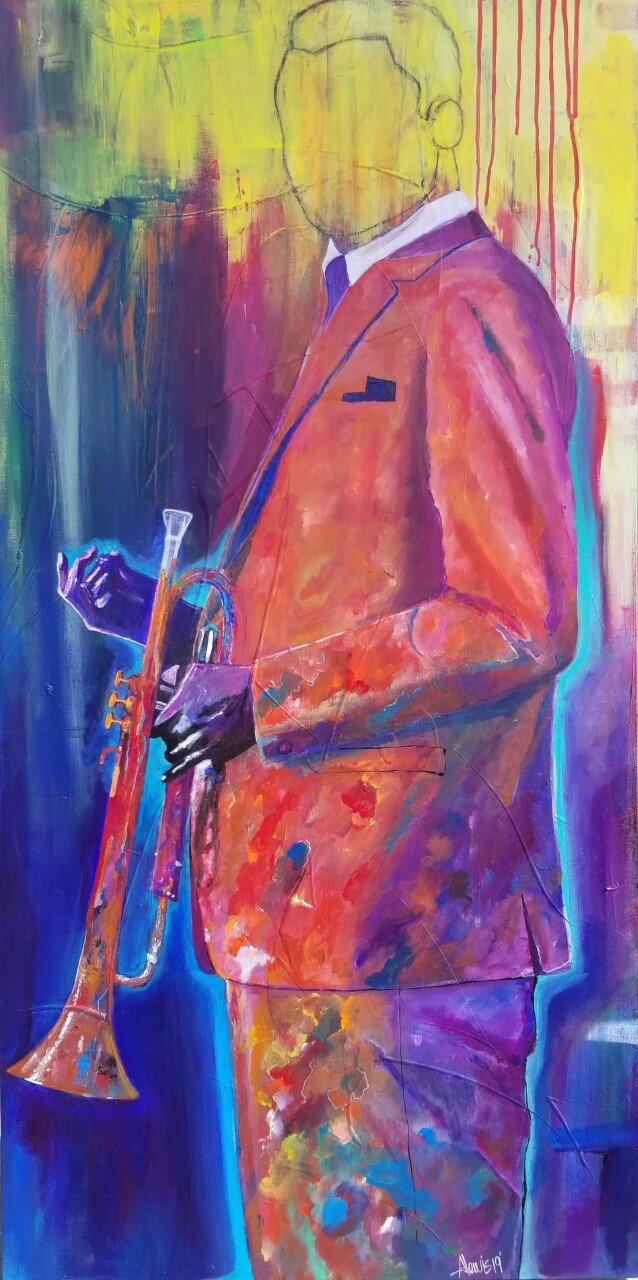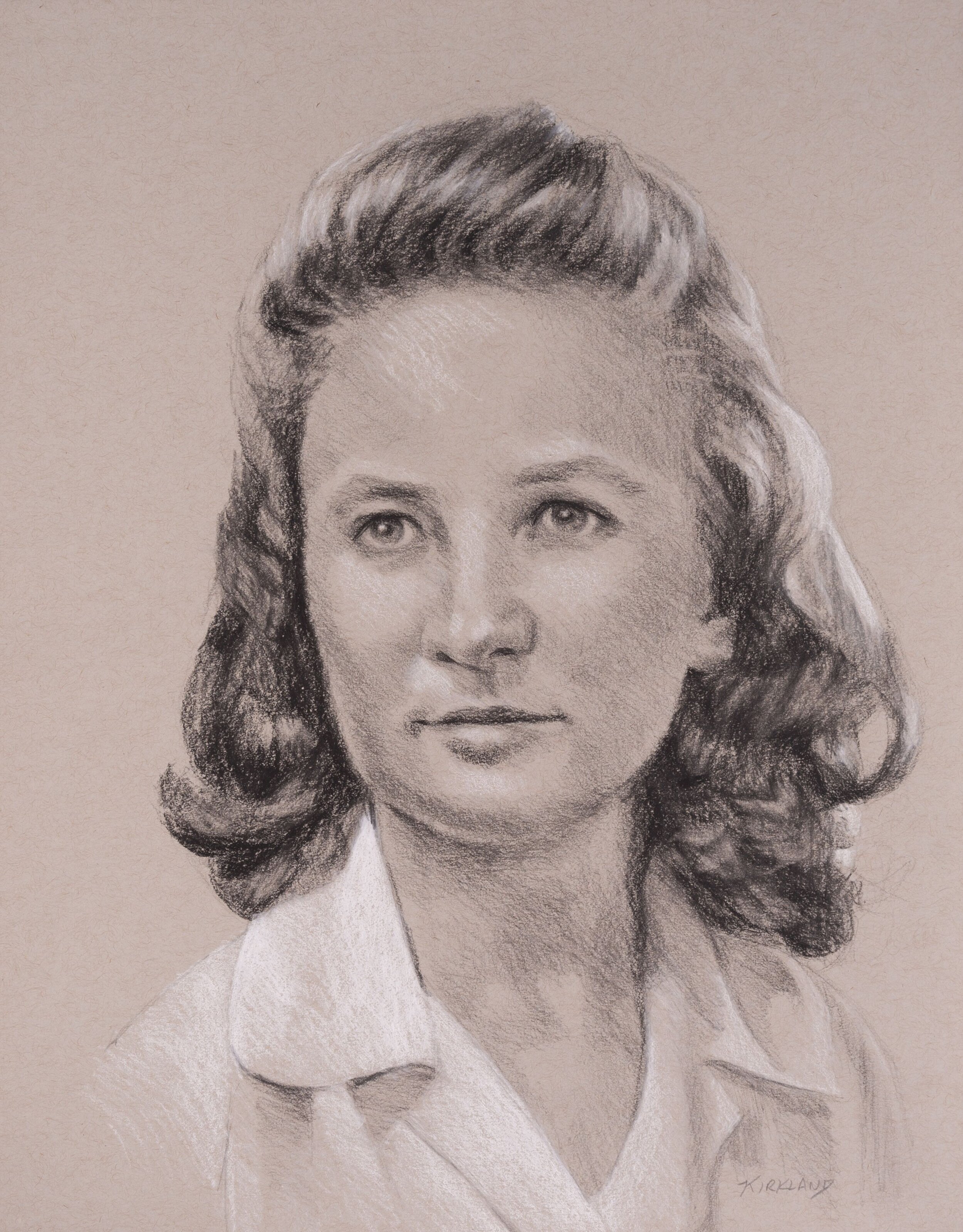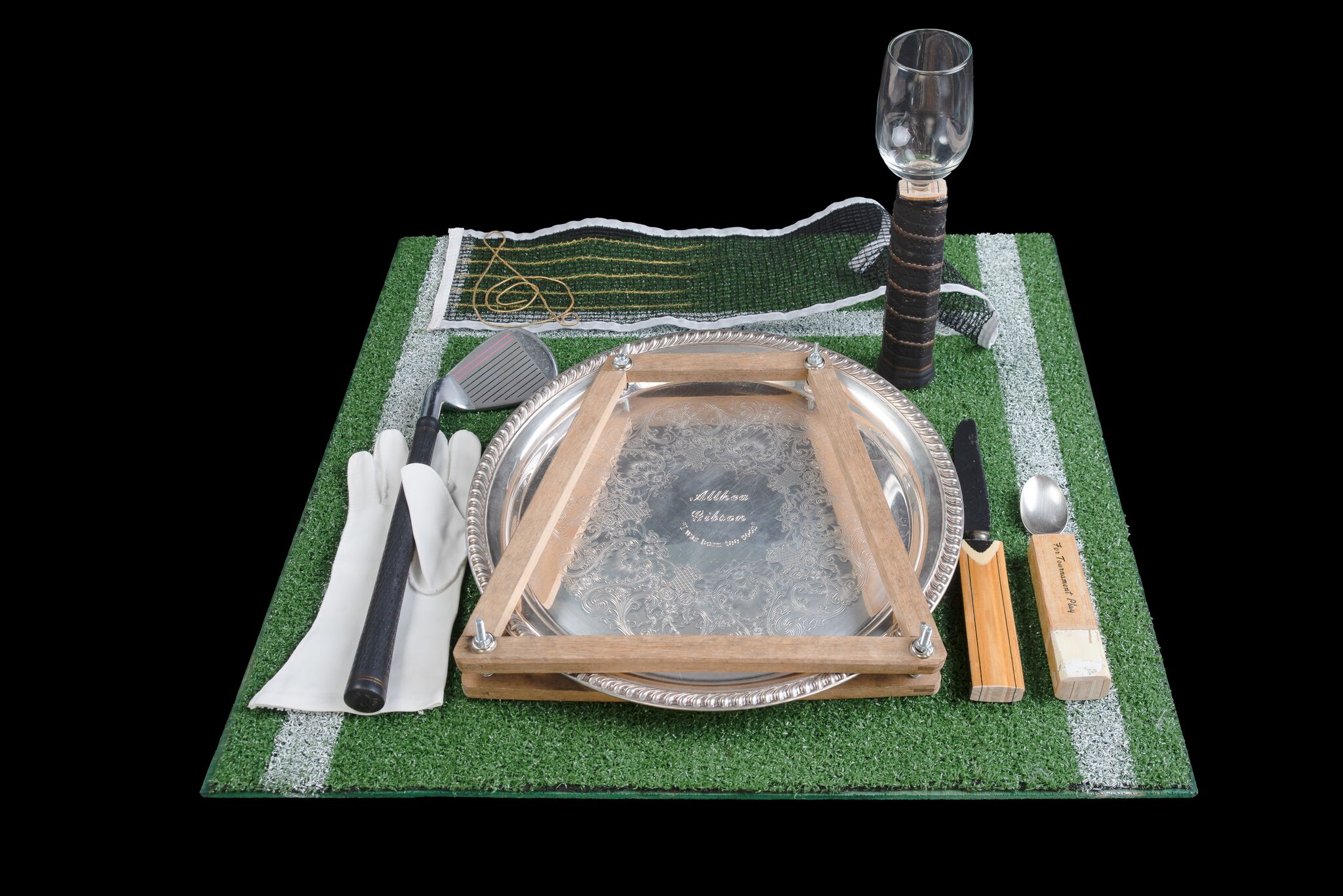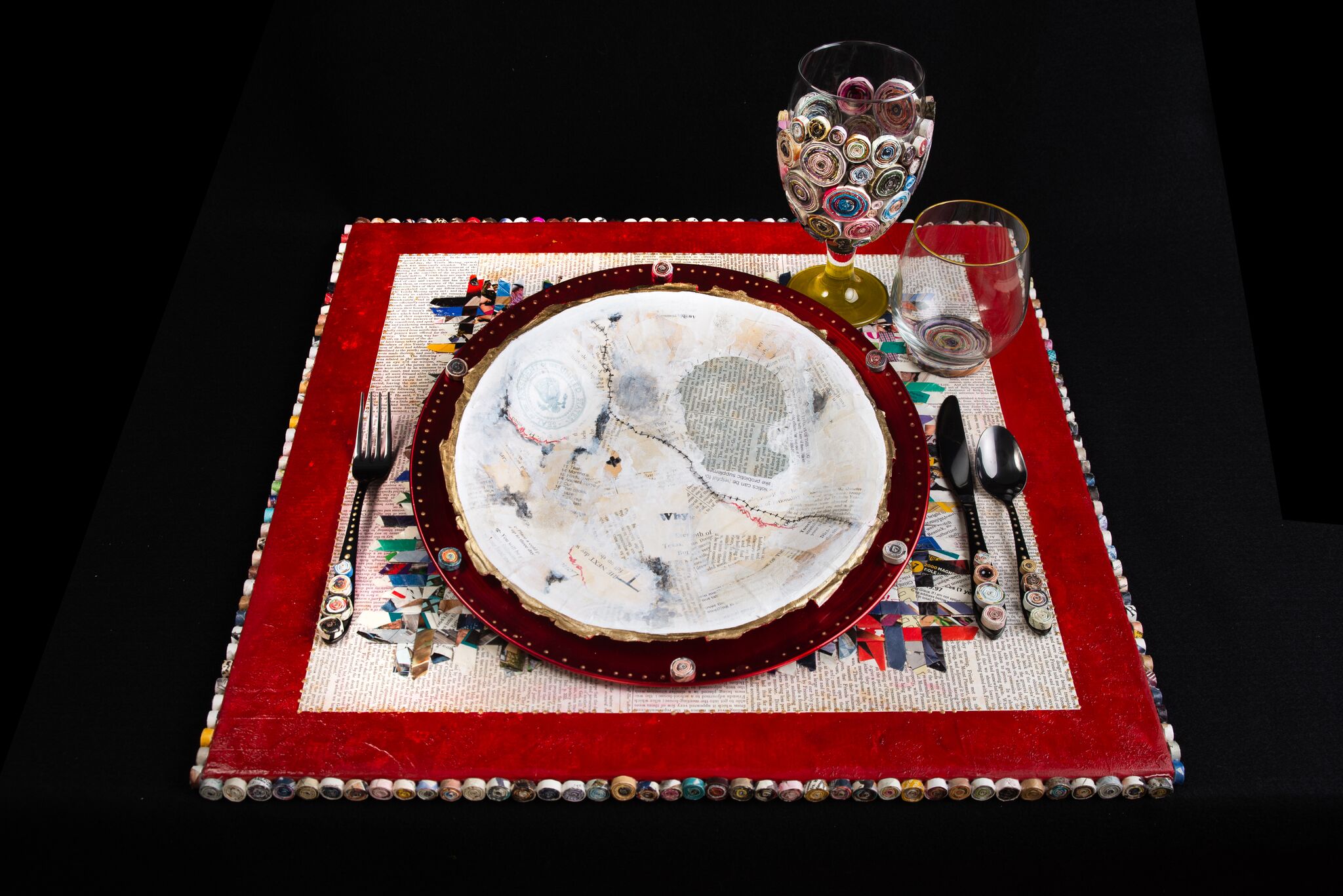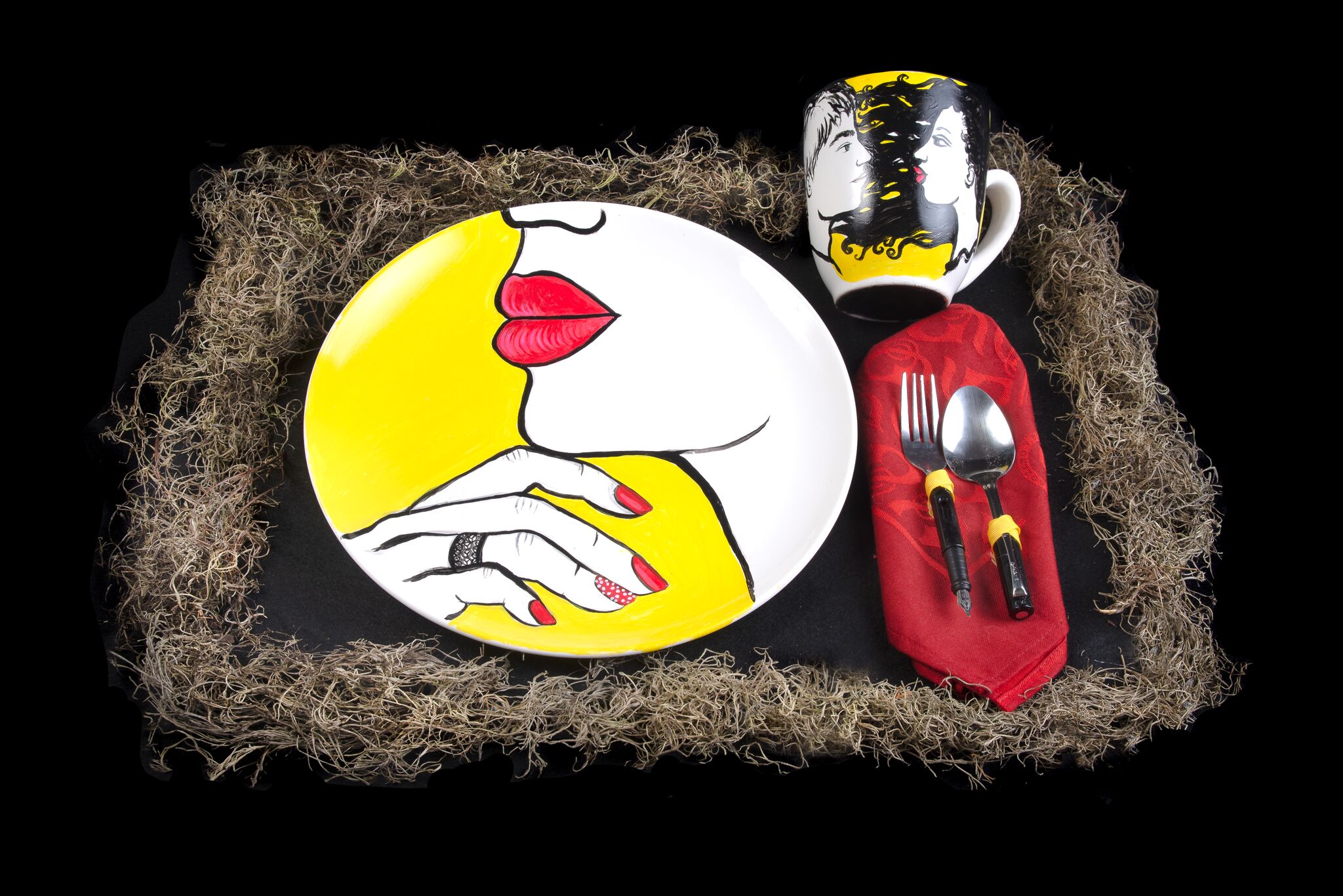The Columbia Museum of Art’s (CMA) Writer-in-Residence, Ray McManus, will be hosting his newest project this coming weekend: a Poetry Summit featuring three award-winning poets: Nickole Brown, Jessica Jacobs, and Ashley M. Jones. During his residence last year, McManus developed the Write Around Series where local poets read ekphrastic work they write inspired by the CMA’s galleries. The Poetry Summit will be one half-day event that continues this tradition of celebrating the marriage of poetry and visual art.
The idea of a Poet Summit came to McManus from Kwame Dawes, back when the South Carolina Poetry Initiative would hold an annual event where poets came from around the state to both read and lead workshops at the CMA.
“It was an amazing experience and helped to foster incredible comraderies that South Carolina poets still have today,” McManus recalls, “I want to try and bring that back.”
This summit is a workshop created for writers in any stage of their craft. Participants will work with each of the poets during the workshops, where they will gather ideas for crafting poems that push the boundaries of writing, especially in relation to art. Writers will ask themselves the questions: what do we feel when we are in the presence of art? How do others react to it? How do I put those concepts into words? And then, they will learn to generate their ideas so that both they, and others, can experience it.
McManus’ decision to bring in Brown, Jacobs, and Jones to lead this summit was not a difficult one, as he has been scheming of ways to bring these women to the city since he first encountered their poetry. He learned of Brown through her poem, “Fuck,” (a stunning read) and then met her in person during a reading in Nashville. McManus met Jacobs at this event as well, and “immediately ran out” to buy her debut collection, Pelvis with Distance.
“Both poets are just so inviting in their work and so generous with their spirit and kindness,” McManus expressed, “I knew if I could get them to Columbia, we would be better for it.”
He garners the same enthusiasm for Jones, who he met while doing a reading together at the WOW Symposium in Spartanburg. About her debut collection, Magic City Gospel, McManus most appreciates the way she “wrestles with place and the past” – two themes pervasive and pertinent in Southern writing.
Beyond his admiration for their work, McManus recognizes these poets as “seasoned, committed teachers when it comes to craft and pushing the boundaries of form.” As is apparent in their bios, they each have something unique and wonderful to bring to the table, some element within their souls to share to those who will participate – a way for all to grow together in their art.
Nickole Brown
Brown is the author of two books of poetry: Sister (2007) and Fanny Says (2015). The latter won the Weatherford Award for Appalachian Poetry. Brown is currently the editor for the Marie Alexander Poetry Series and teaches at two programs: the Sewanee School of Letters’ MFA Program and the Great Smokies Writing Program at UNC-Asheville. She currently lives in Asheville with her wife, fellow poet Jessica Jacobs. Brown released a chapbook, “To Those Who Were Our First Gods,” last year, and an extension of the ideas traversed in the collection will appear in a chapbook next year entitled “The Donkey Elegies.”
Jessica Jacobs
Jacobs is the author of two books of poetry: Pelvis with Distance (2015) and Take Me with You, Wherever You’re Going (2019). Her initial collection won the New Mexico Book Award in Poetry and was a finalist for the Lambda Literary Award. Jacobs is no stranger to teaching, having both led workshops and been a professor in multiple programs including UNC-Wilmington. She is currently the chapbook editor for Beloit Poetry Journal and lives in Asheville, NC, with her wife, Nickole Brown.
Ashley M. Jones
Jones is the author of two poetry collections: Magic City Gospel (2017) and dark / / thing (2019). She has received a multitude of awards for her work including the Rona Jaffe Foundation Writers Award, the Lena-Miles Wever Todd Prize for Poetry, and the Lucille Clifton Poetry Prize, among others. Currently, Jones teaches at both the University of Alabama at Birmingham and the Alabama School of Fine Arts. She is also the founding director of the Magic City Poetry Festival, also in Birmingham.
Pretty impressive, right? I think McManus said it best – “Simply put, these three poets are some of the sweetest badasses I know.”
The event takes place Sunday, November 3, from noon to 5:00 p.m. with a free public reading, book signing, and reception on Boyd Plaza at 4:00 p.m. Participation is $20 for non-members, $10 for members, and $5 for students with ID. Registration is required for the workshops, and the price of the ticket also includes admission to the galleries, including the new exhibit “Van Gogh and His Inspirations”. The public reading, book signing, and reception are free.
For more information on how to experience what these poets have to offer, visit the CMA’s website: www.columbiamuseum.org.
by Christina Xan



